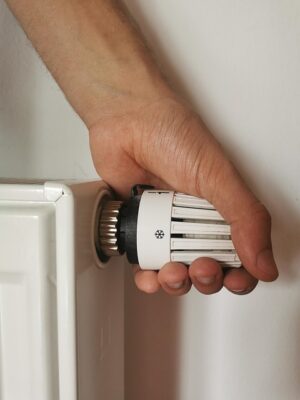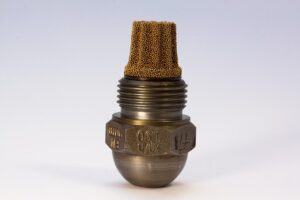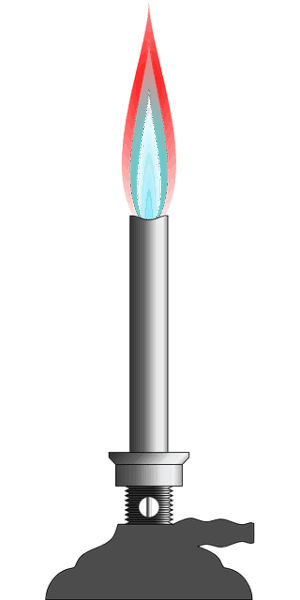Commercial air curtain heaters are essential for creating comfortable and energy-efficient environments in businesses, distributing heated air evenly at entrances to reduce heat loss. Entity taxonomy mapping organizes these heaters by capacity, helping businesses choose models tailored to their needs, from retail stores to warehouses, based on power output, flow rate, and range. This structured approach enhances energy efficiency, maintains optimal indoor climates, and streamlines inventory management while requiring continuous updates to keep pace with evolving product lines.
“Commercial air curtain heaters are essential tools for temperature control in various settings, from warehouses to retail spaces. Understanding these heaters’ role and applications is crucial before implementing efficient organization strategies. Entity taxonomy mapping emerges as a game-changer, offering a structured framework for categorizing models by capacity. This approach streamlines selection and enhances management, especially with the vast array of commercial air curtain heater options available. By delving into this organized system, businesses can optimize their heating solutions.”
- Understanding Commercial Air Curtain Heaters: Their Role and Applications
- The Need for Entity Taxonomy Mapping in Organizing Heater Models
- Creating a Structured Framework: Mapping Capacity as a Key Attribute
- Benefits and Challenges of Implementing an Organized Taxonomy System
Understanding Commercial Air Curtain Heaters: Their Role and Applications

Commercial air curtain heaters play a pivotal role in maintaining comfortable and controlled environments within various business settings. These innovative devices are designed to provide targeted heat at entrances, such as warehouse or retail store doors, effectively creating an industrial air barrier. By utilizing advanced air curtain technology, they distribute heated air evenly across the entranceway, ensuring optimal climate control.
Beyond enhancing comfort, commercial air curtain heaters offer significant energy efficiency benefits. Door heating systems like these can significantly reduce heat loss during cold weather, making them essential for entrance climate control in any facility. Whether it’s a bustling warehouse or a quiet retail store, these devices are tailored to meet the specific needs of different industries, contributing to more sustainable and cost-effective commercial operations.
The Need for Entity Taxonomy Mapping in Organizing Heater Models

In the complex world of commercial heating solutions, especially for specific applications like entrance areas, efficient and targeted heating is paramount. This is where entity taxonomy mapping plays a pivotal role in organizing and categorizing commercial air curtain heaters by capacity. As businesses seek to optimize their operations, ensuring the right door heating system or warehouse entrance heating solution can significantly impact energy consumption and overall comfort.
Entity taxonomy mapping facilitates the classification of these specialized heaters based on factors like power output, flow rate, and operational range. This structured approach allows for easier navigation and selection of suitable commercial air curtain heater models tailored to specific needs—be it retail store heating, industrial air barriers, or entrance climate control. By embracing this mapping system, businesses can make informed decisions, leading to enhanced energy efficiency with air curtain technology while maintaining optimal indoor environments.
Creating a Structured Framework: Mapping Capacity as a Key Attribute

Organizing commercial air curtain heater models by capacity creates a structured framework that facilitates efficient selection and implementation. This mapping process prioritizes a key attribute: capacity, which determines the heater’s ability to thermally isolate and heat specific areas, such as commercial entrance heating applications. By categorizing heaters based on their output, businesses can easily identify solutions suitable for their needs, whether it’s warming customers at retail stores or providing warehouse entrance heating.
Mapping allows for a clear understanding of air curtain technology and its various forms, including door heating systems and industrial air barriers. Furthermore, this approach emphasizes energy-efficient heating options, ensuring that commercial establishments can maintain comfortable interiors while minimizing operational costs. The result is an optimized entrance climate control system tailored to the unique requirements of each space, from warehouses to bustling retail stores.
Benefits and Challenges of Implementing an Organized Taxonomy System

Implementing an organized taxonomy system for commercial air curtain heater models offers significant benefits, especially in complex industrial settings. By meticulously categorizing heaters based on capacity and other critical factors, companies can streamline their inventory management processes. This structured approach enables quick identification of suitable door heating systems, making it easier to address specific needs at various warehouse entrances or retail store climates. An efficient taxonomy system also enhances customer service by providing a comprehensive view of available commercial entrance heating solutions, including energy-efficient models designed with advanced air curtain technology.
However, challenges arise when dealing with diverse and ever-evolving product lines. Keeping the taxonomy up-to-date requires continuous monitoring of new releases and changes in specifications, especially within rapidly advancing industrial air barriers and heated air curtains sectors. Ensuring accurate mapping between commercial door heaters and their corresponding capacities is crucial for effective utilization. Despite these challenges, a well-structured taxonomy system provides a robust foundation for efficient operations, enabling businesses to optimize energy usage through entrance climate control while maintaining optimal working conditions across diverse commercial spaces.
Entity taxonomy mapping plays a pivotal role in streamlining the vast array of commercial air curtain heater models based on capacity, making it easier for businesses to navigate and select the most suitable equipment for their specific needs. By adopting a structured framework, companies can enhance efficiency in inventory management, sales processes, and customer support, ultimately improving overall operational performance with commercial air curtain heaters. This organized system is a game-changer for industries seeking optimal heating solutions, ensuring that the right heater is chosen for each application without the usual hassles.






